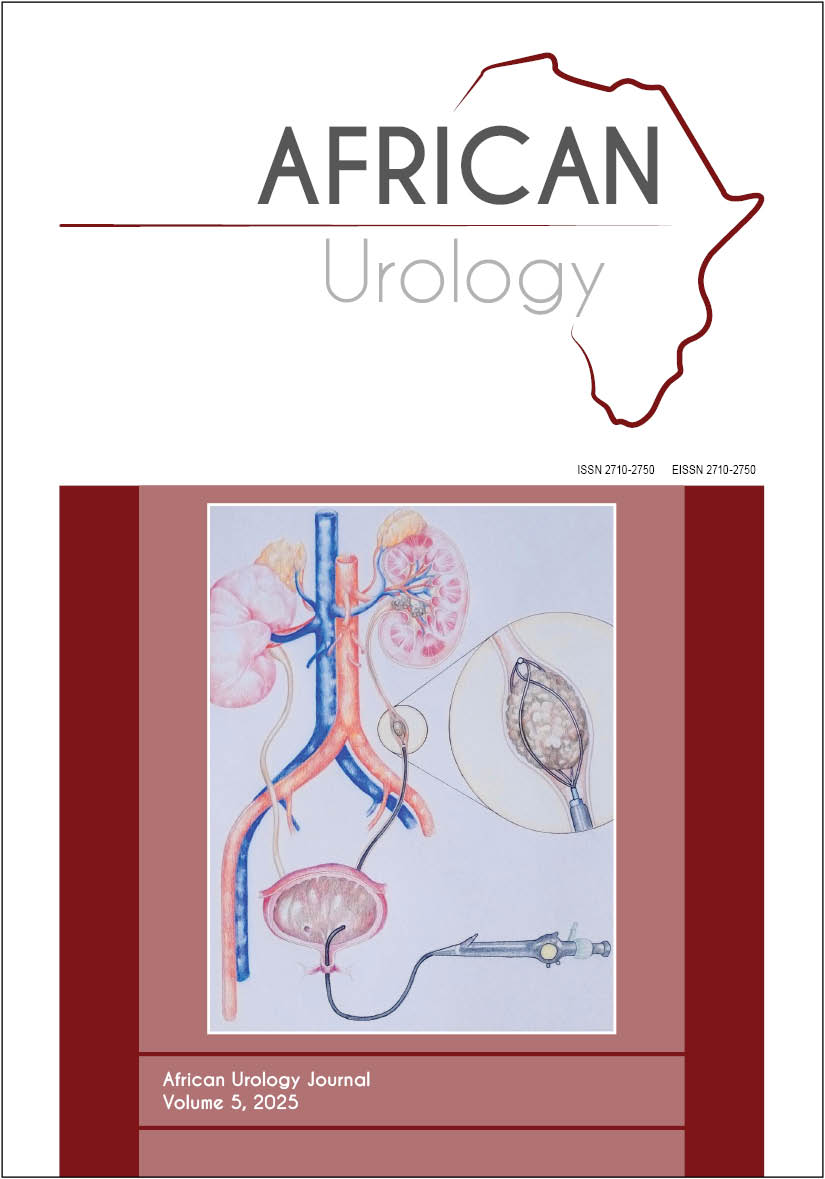Urethrocutaneous fistula following hypospadias repair: recurrence rate and its determinants
Contenu principal de l'article
Résumé
Background: Urethrocutaneous fistula (UCF) is a common complication following hypospadias repair. It may be associated with frequent recurrences after repair, ultimately increasing treatment costs and leading to poor cosmetic outcomes due to multiple surgeries.
Aim: This study aimed to evaluate the recurrence rate of post-hypospadias UCF and its determinants following repair among patients treated at the Urology Department of Kilimanjaro Christian Medical Centre (KCMC) from January 2011 to December 2023.
Methodology: We conducted a hospital-based, retrospective study that reviewed the case notes of all patients who developed UCF post-hypospadias repair. Patients were followed up for at least six months postoperatively. Various factors were analysed to assess their influence on recurrence.
Results: The study included 44 patients with UCF after hypospadias repair. The recurrence rates after repair were 30% (13/44) after the first, 30% (4/13) after the second, 50% (2/4) after the third, and none after the fourth repair. Our results demonstrated a significant association between UCF recurrence and the hypospadias grade and UCF location. Multivariate analysis using a modified Poisson regression model identified a history of grade III or IV hypospadias as an independent risk factor for UCF recurrence.
Conclusion: UCF post-hypospadias repair is associated with at least one-third of recurrence following repair. A history of grade III or IV hypospadias is an independent risk factor for this recurrence. Age at first UCF repair, catheter/stent duration, and suture material were not related to UCF recurrence after surgical repair.
Details de l'article

Ce travail est disponible sous licence Creative Commons Attribution - Pas d’Utilisation Commerciale 4.0 International.
